Blockchain.com, with over 500 employees and a valuation of $14 billion, is recognized as a prominent figure in the crypto industry. With a user base exceeding 87 million wallets across 190 countries, Blockchain.com has solidified its position as a highly trusted crypto wallet and a versatile cryptocurrency platform, offering a wide array of products including Wallet, Exchange, Explorer, and Institutional services.
In my role as the Lead Product Designer at Blockchain.com, I have had the privilege of working across various teams and products, including the Wallet, Exchange, Institutional, and the Explorer. I have spearheaded transformative initiatives that have reshaped our platforms and significantly contributed to our growth and customer satisfaction.
One of my most pivotal accomplishments has been the complete redesign of the Exchange, Institutional, Explorer and the creation of a Chrome Extension. This comprehensive overhaul encompassed every aspect of user interaction, from the initial sign-up process to compliance with local regulations for KYC/AML procedures. My team and I meticulously streamlined processes such as prices, swap, staking, activity, buy, sell, send, receive, fiat currency withdrawal, web3 browser, onboarding, notifications, settings for ios, android and web, including private key wallets and hosted wallets, with a particular focus on making them more modern, accessible for users without prior knowledge of cryptocurrencies, and above all: user-friendly. The result was a leaner, more intuitive user journey, with redundant content and steps eliminated to enhance user engagement and satisfaction. Also led the redesign of the Exchange app, giving it a modern and fresh appearance and adding complex features like Margin trading, positions, collateral, simplified flows for trading, deposit, advanced charts and onboarding instructions. The Explorer and Institutional were also completely renovated and refreshed with new features. This multifaceted approach ensured that our users had access to cutting-edge features while enjoying a sleek and intuitive design.
As a design leader, I have fostered a culture of collaboration and innovation within the organization. I conducted design sprints that brought together cross-functional teams to brainstorm ideas and evaluate research findings. These sessions served as incubators for fresh concepts and provided a forum for constructive dialogue, enabling us to stay at the forefront of the blockchain industry.
Recognizing the critical role a well-defined design system plays in maintaining consistency and efficiency, I undertook the task of revamping and improving our existing design system. This initiative has not only streamlined our design processes but has also ensured a cohesive and polished look and feel across all our products, reinforcing our brand identity.
My role as Lead Product Designer has involved leading diverse teams, including Product Design, Brand Creative, and Research. Collaborating across disciplines has been instrumental in delivering holistic and user-centred solutions that resonate with our audience.
My responsibilities extended beyond the core products, leading to the creation of innovative user flows, such as more flexible ways deposit currency, an activation to get new users using the Cowboys (NFL team), and the development of successful referral campaigns, among others. Notably, the Cowboys activation achieved a remarkable 40% conversion rate, highlighting the effectiveness of our user-centric design approach.
The impact of these initiatives has been profound. Since my tenure at Blockchain.com, we have experienced a remarkable increase of 17 million downloads, customer satisfaction has also seen a significant improvement, the Exchange witnessed a 5% increase in transactions. The changes made to the Explorer were successful as well, the number of visitors and time on page metrics increased significantly while the bounce rate decreased.
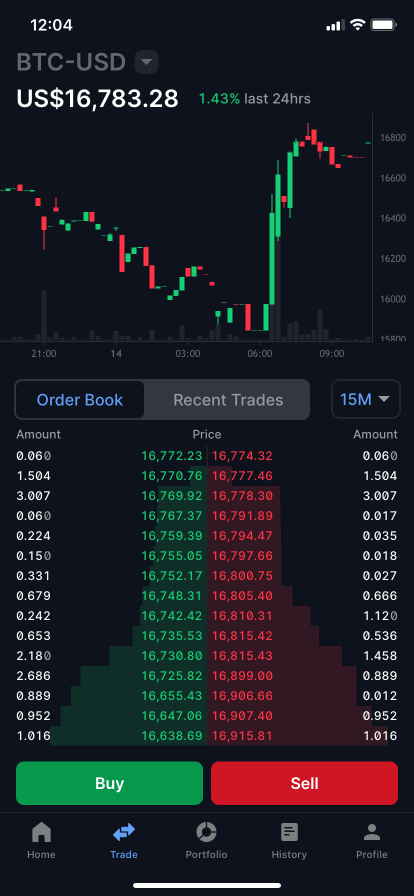
I spearheaded the redesign of the blockchain.com exchange, focusing on both user experience and advanced functionalities. In addition to implementing margin trading, positions, collateral management, and simplified trading flows, I also identified and addressed usability issues to create a modern and intuitive experience. This included revamping the visual design, incorporating advanced charting tools, and streamlining onboarding instructions.
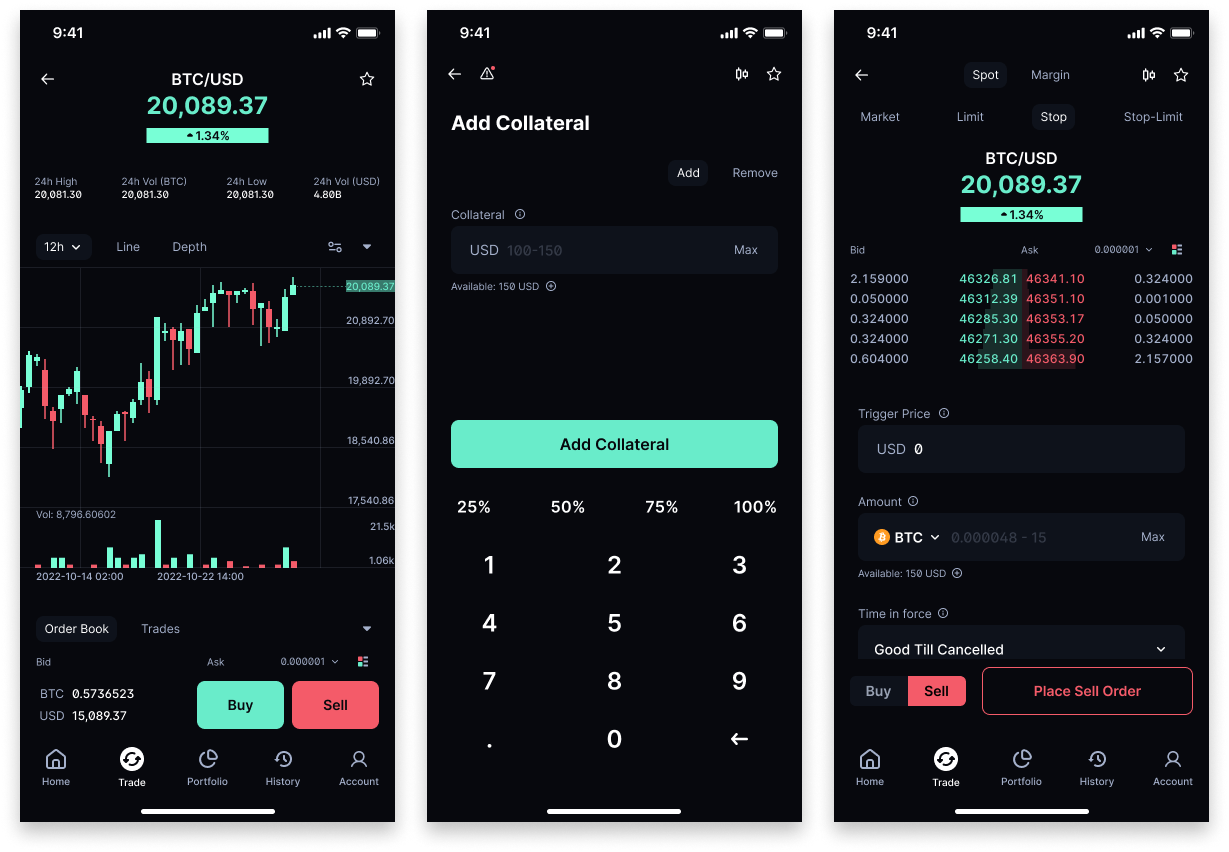
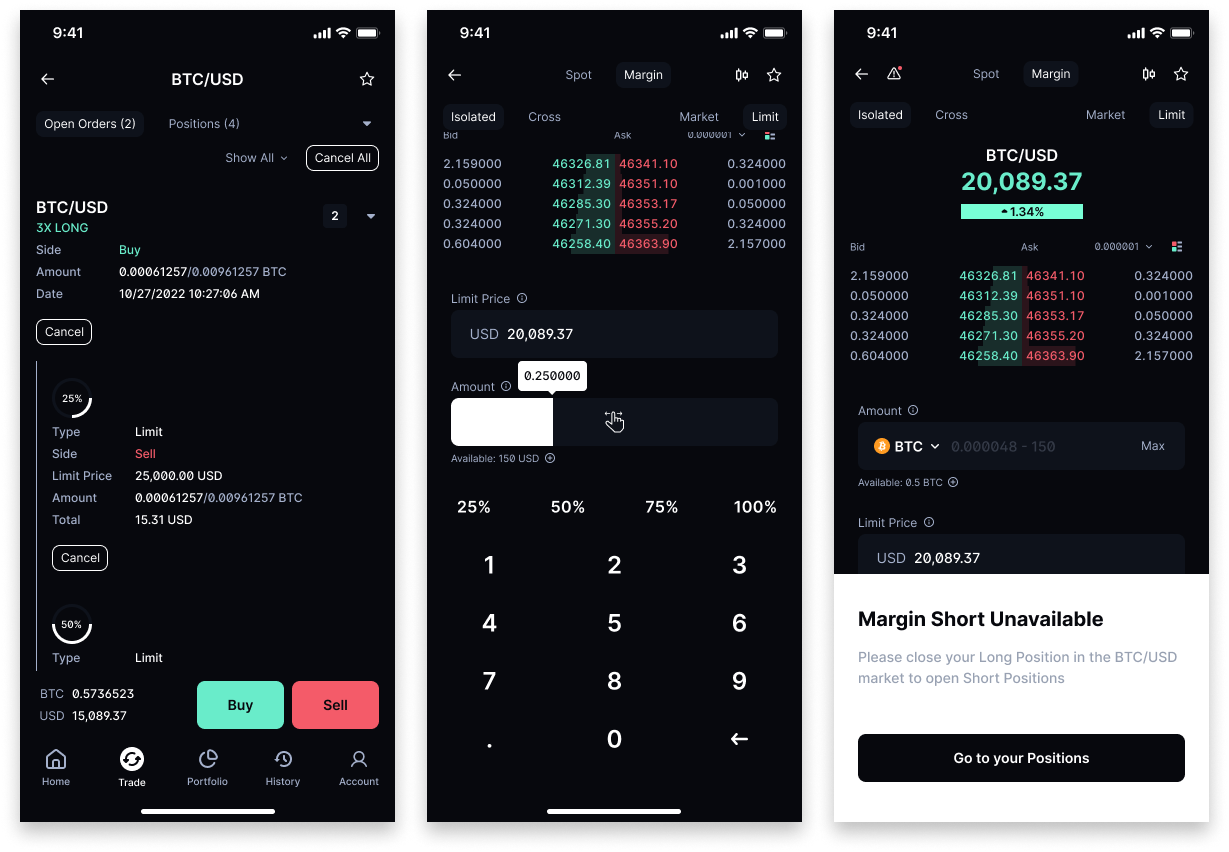
A significant driver behind our success was having an amazing VP of Product, Thianh Lu. He not only trusted and encouraged me to suggest changes but also understood the importance of creative freedom. This freedom allowed us to explore new ideas and approaches, ultimately leading to innovation and better results.
When I arrived at Blockchain.com, the Explorer posed significant challenges. It had been neglected, generated minimal profit, and was costly to maintain. Paradoxically, it remained the most popular product while being the least exploited. Few Explorer users were aware of the existence of our other, coincidentally more profitable offerings like Wallet, Exchange, and Institutional services.
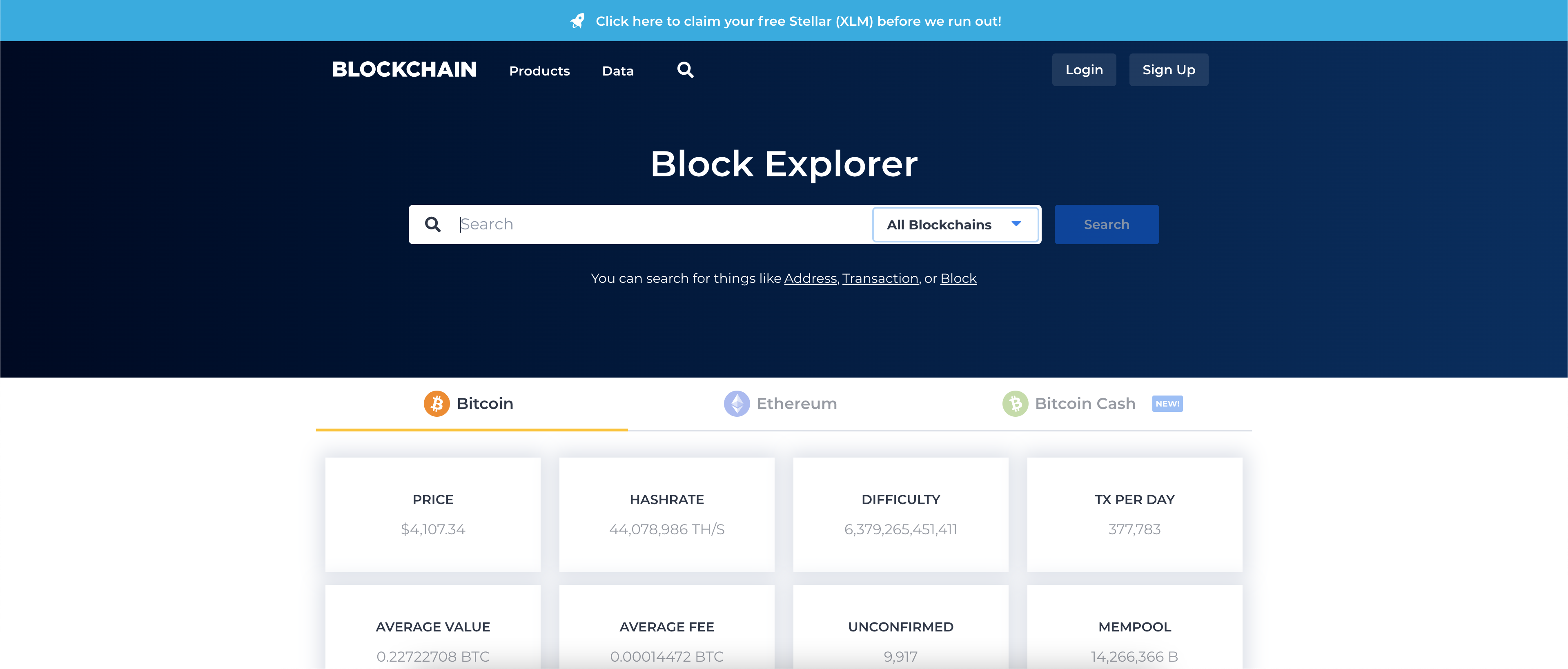
The previous version of the Explorer was solely dedicated to block exploration, offering limited information and displaying only a few coins. Recognizing the changing landscape, I felt the need to update it, even though no one had explicitly requested this. I decided to undertake this project during my available gaps, primarily because no other team was willing to allocate resources to it.
Taking advantage of what I was learning while working on updating the Exchange and Institutional services, I began envisioning the new version of the Explorer as a top-tier professional tool, amalgamating the finest attributes from Glassnode, TradingView, CoinMarketCap, OpenSea and an array of other sources. My aim was to craft a comprehensive tool that went beyond just block exploration and offered robust block analysis capabilities, all while encompassing as many cryptocurrencies as possible and seamlessly integrating with our other products.
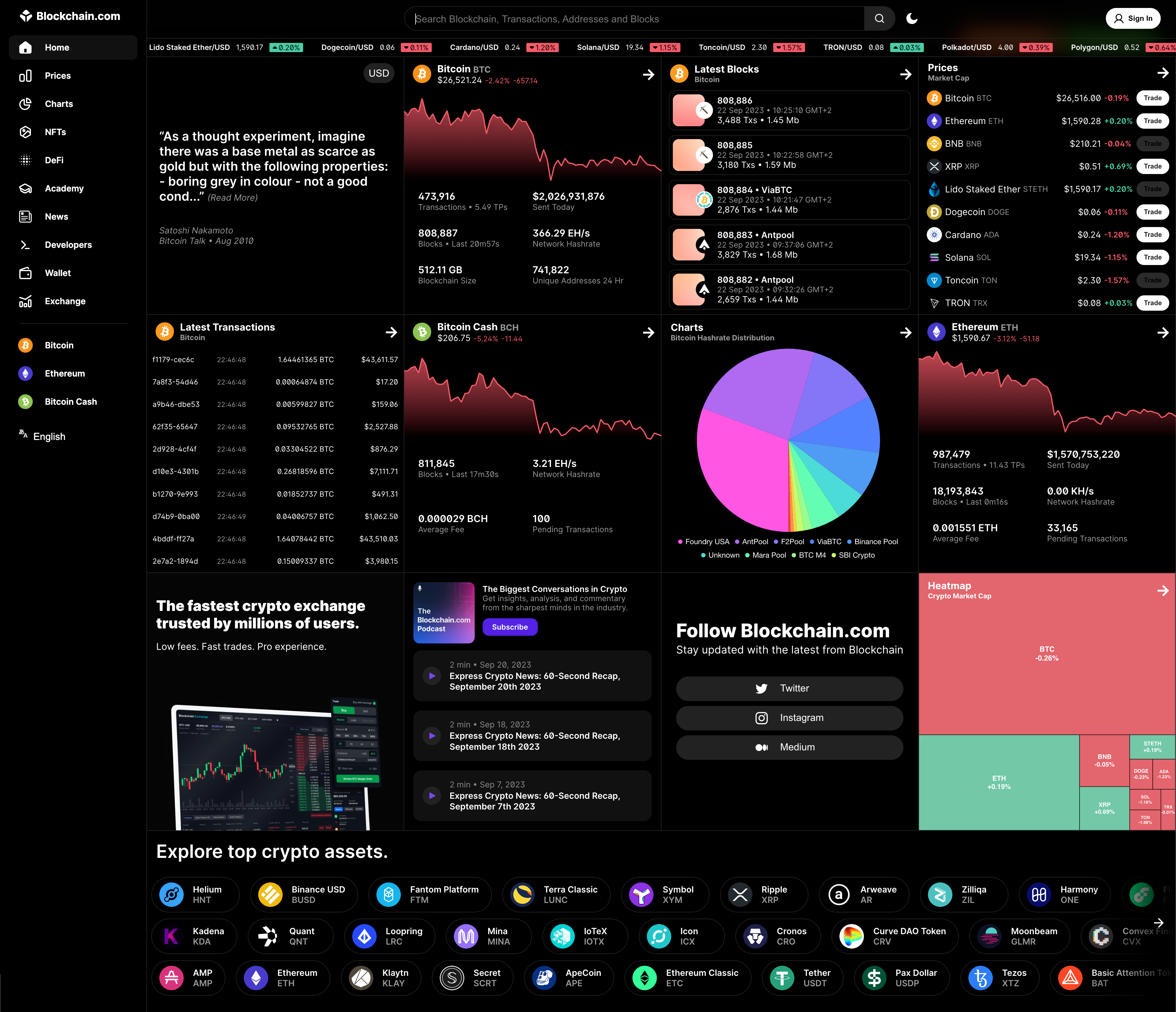
Institutional products and services are designed to meet the needs of professional traders, investors, and asset managers. These products and services are typically more complex and sophisticated than those offered to retail users, and they often require a higher minimum investment.
I partnered with Krish Venkataraman, the former Global Head of Institutional Digital Assets, to redesign our products and enhance the user experience. During one of our discussions, I identified an opportunity to improve the Request for Quote (RFQ) process.
In the previous version:
I had an idea for improvement, but I wasn't entirely certain about its technical feasibility. To address my questions and concerns, I quickly created wireframes and scheduled a series of meetings with the Head of Institutional and the Tech Lead. My goal was to ensure that my proposal aligned with product requirements, legal considerations, and technical viability.
My primary focus was on price generation. I needed to understand how prices were generated, what would happen if someone clicked within milliseconds, how price changes would be handled, and the details of locking prices and their duration.
After a couple of design sprints, we successfully arrived at a version that met our objectives beautifully:
In the new version:

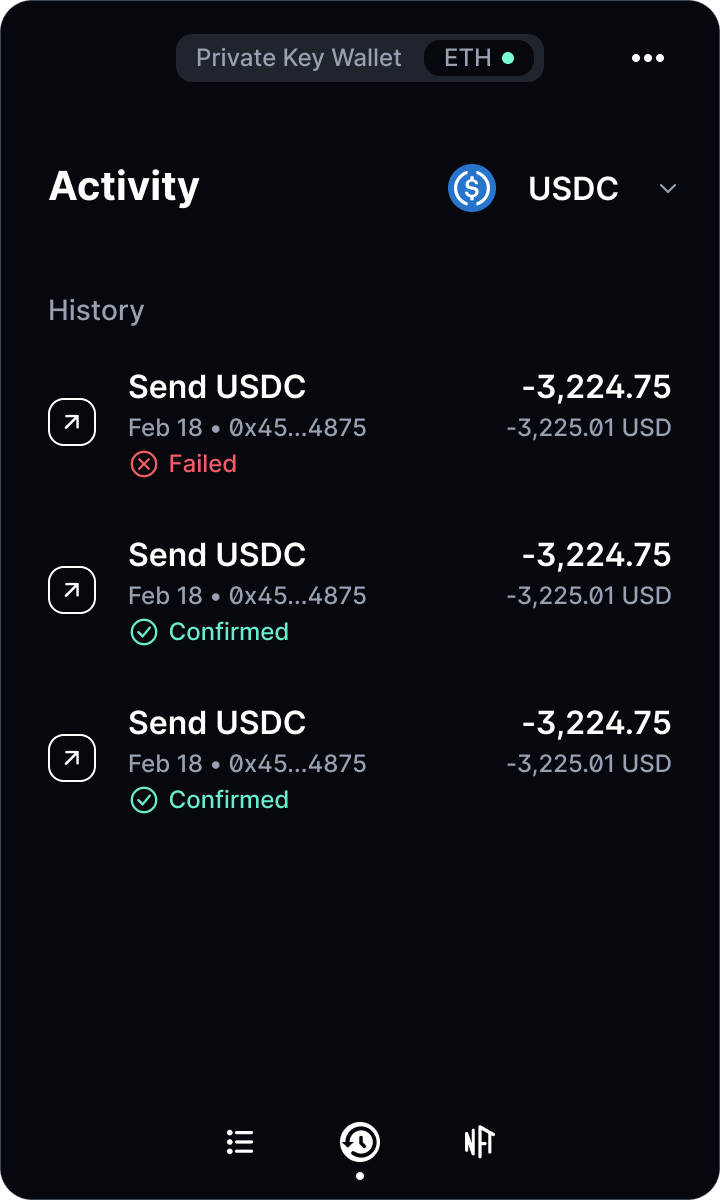

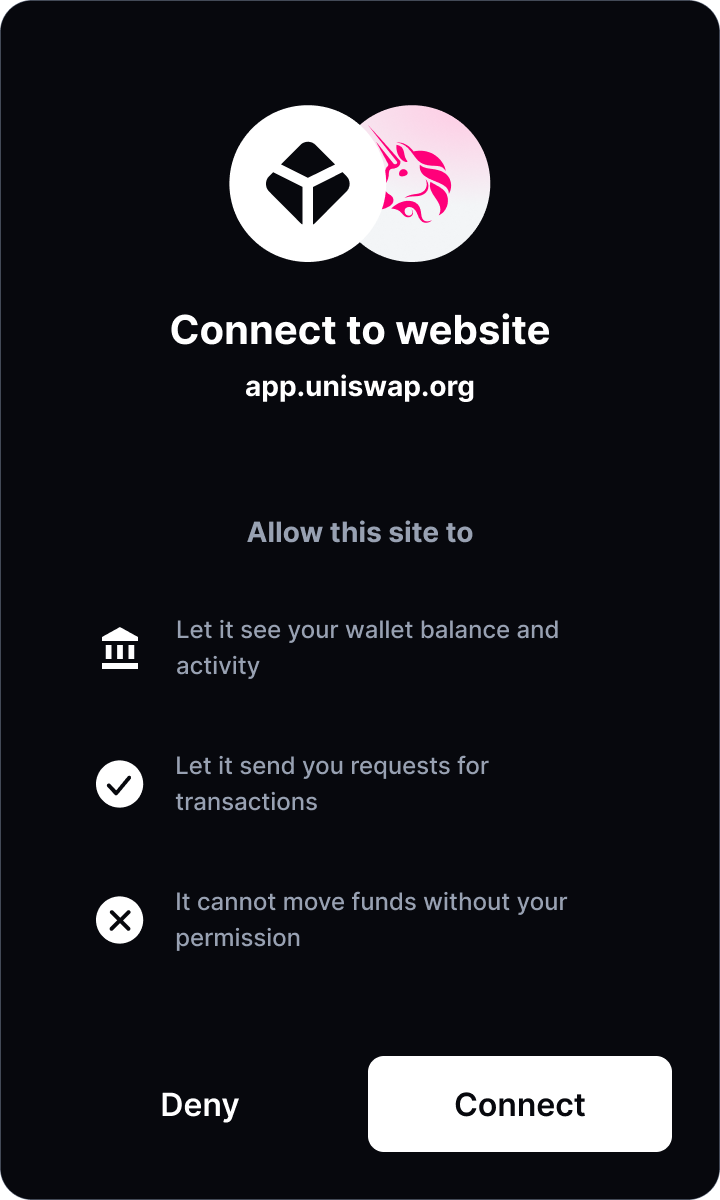
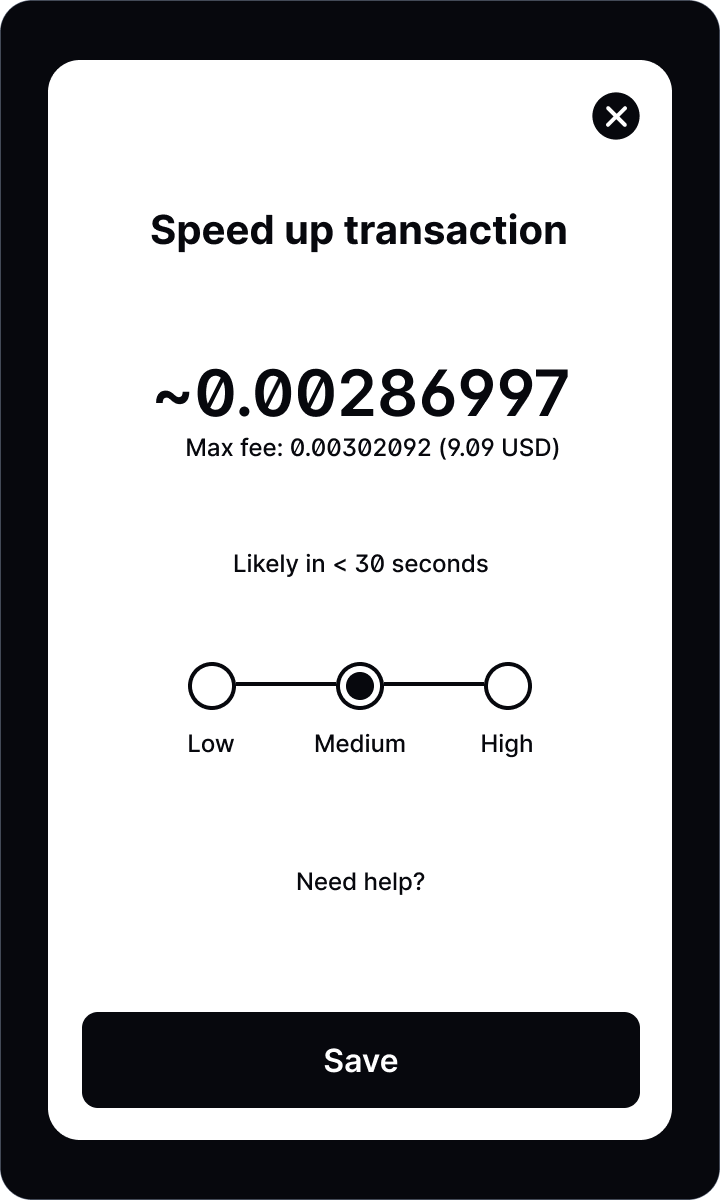
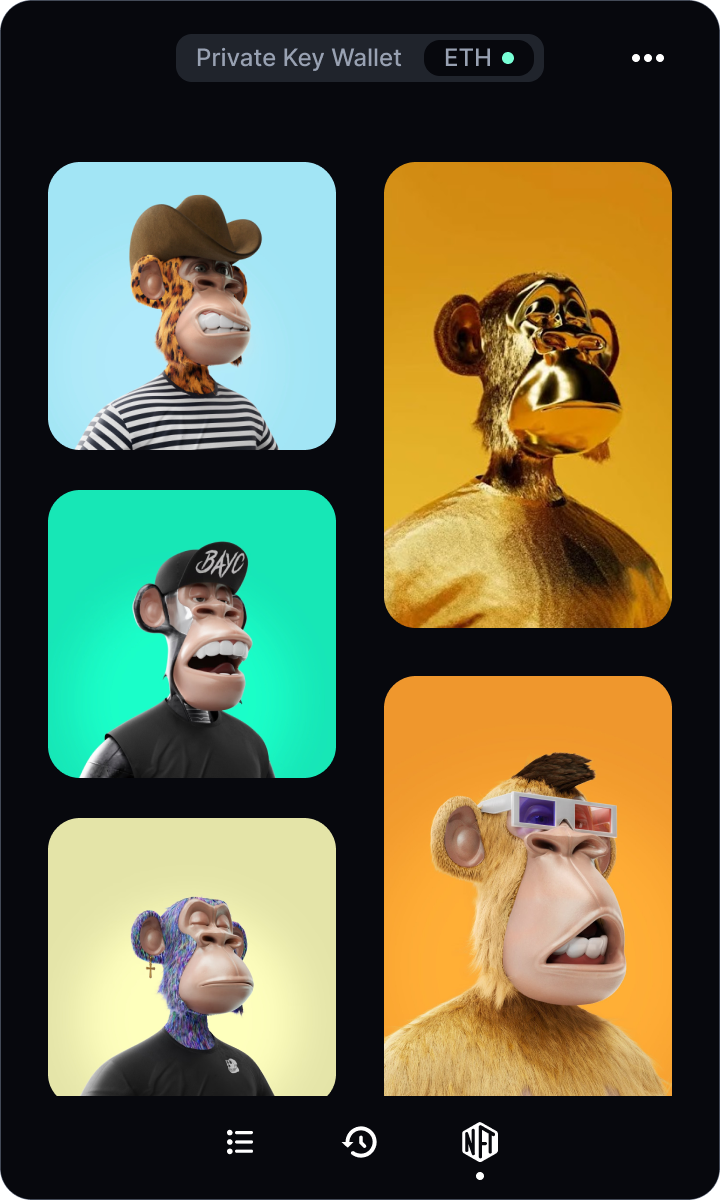
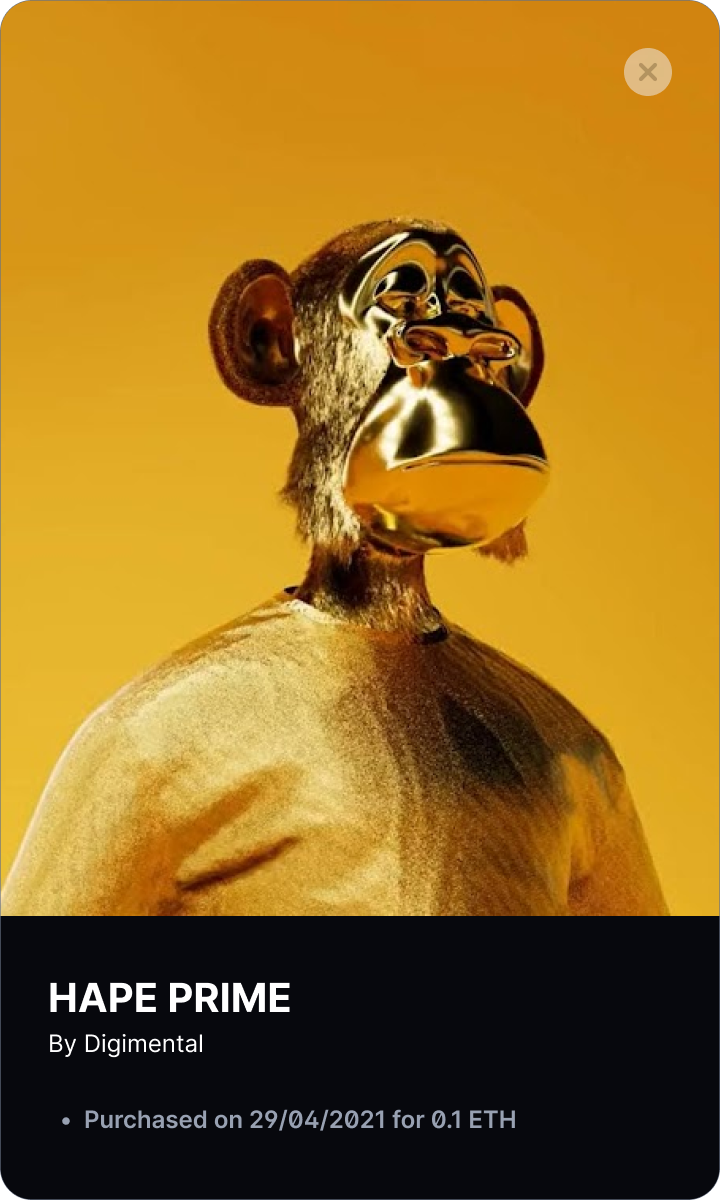
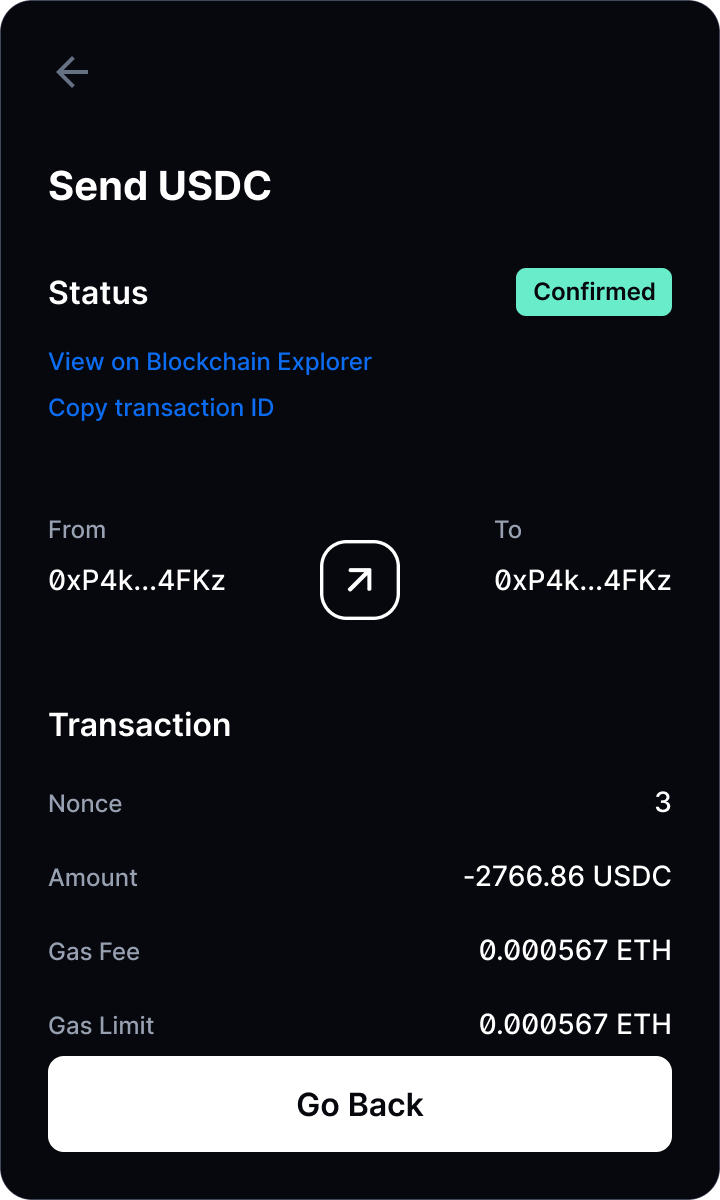

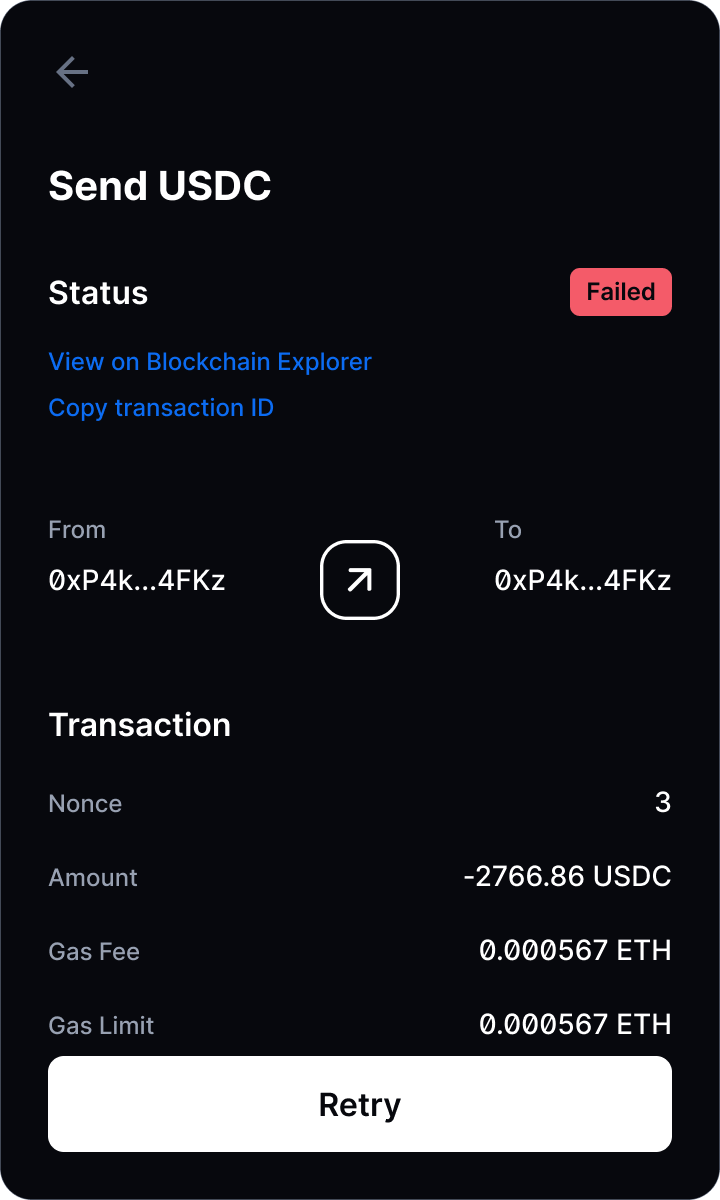
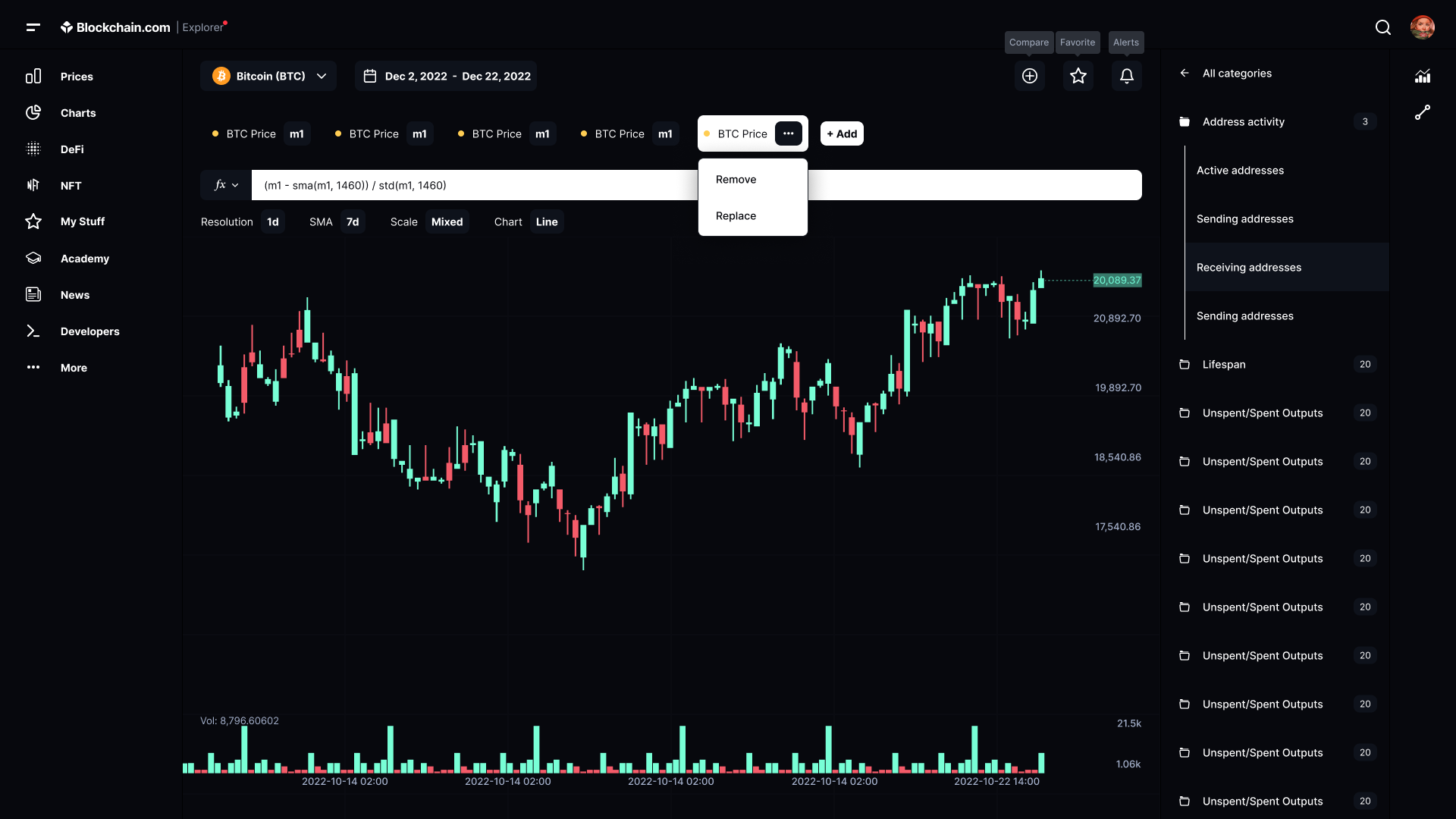
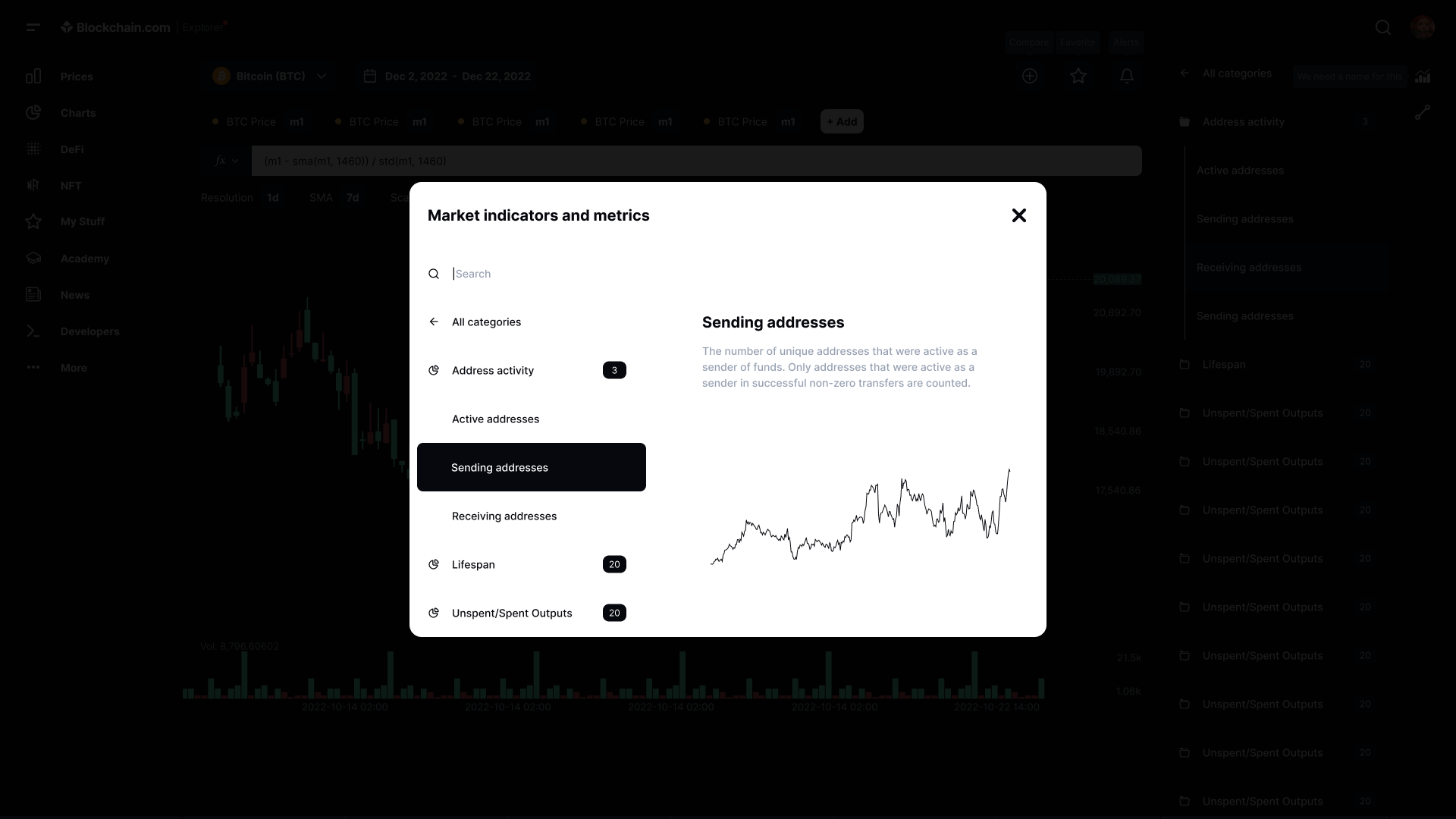



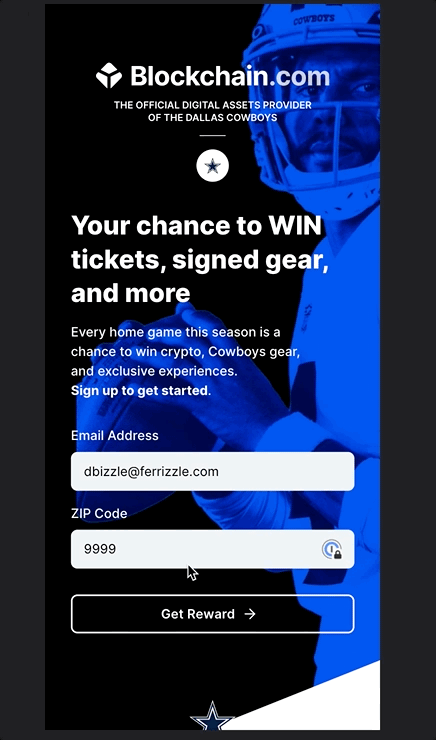






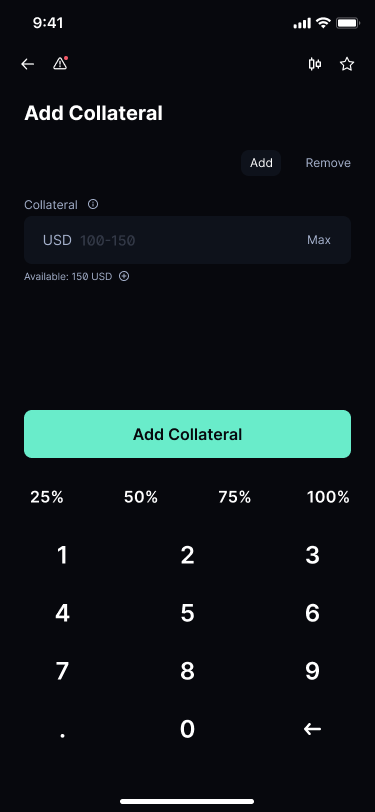

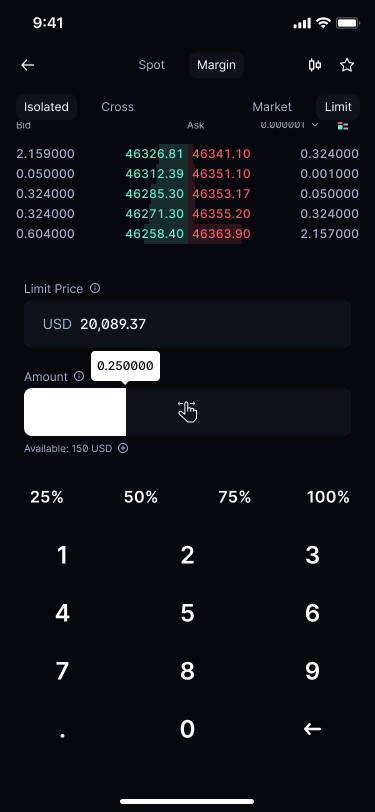


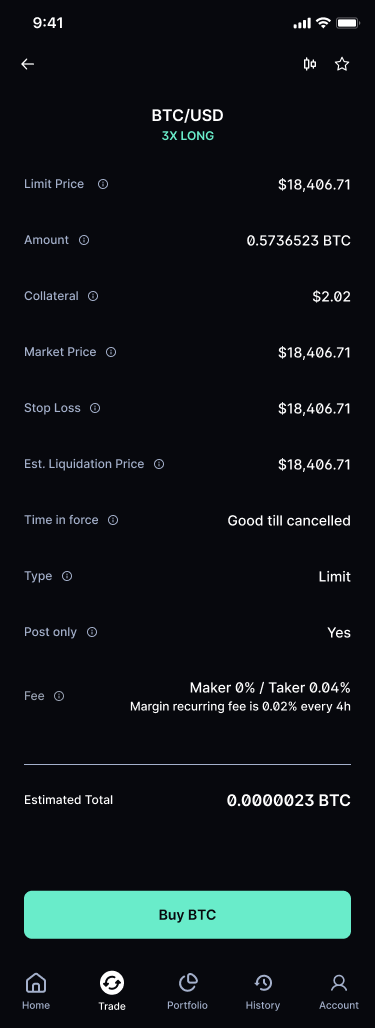
©2023 DMM